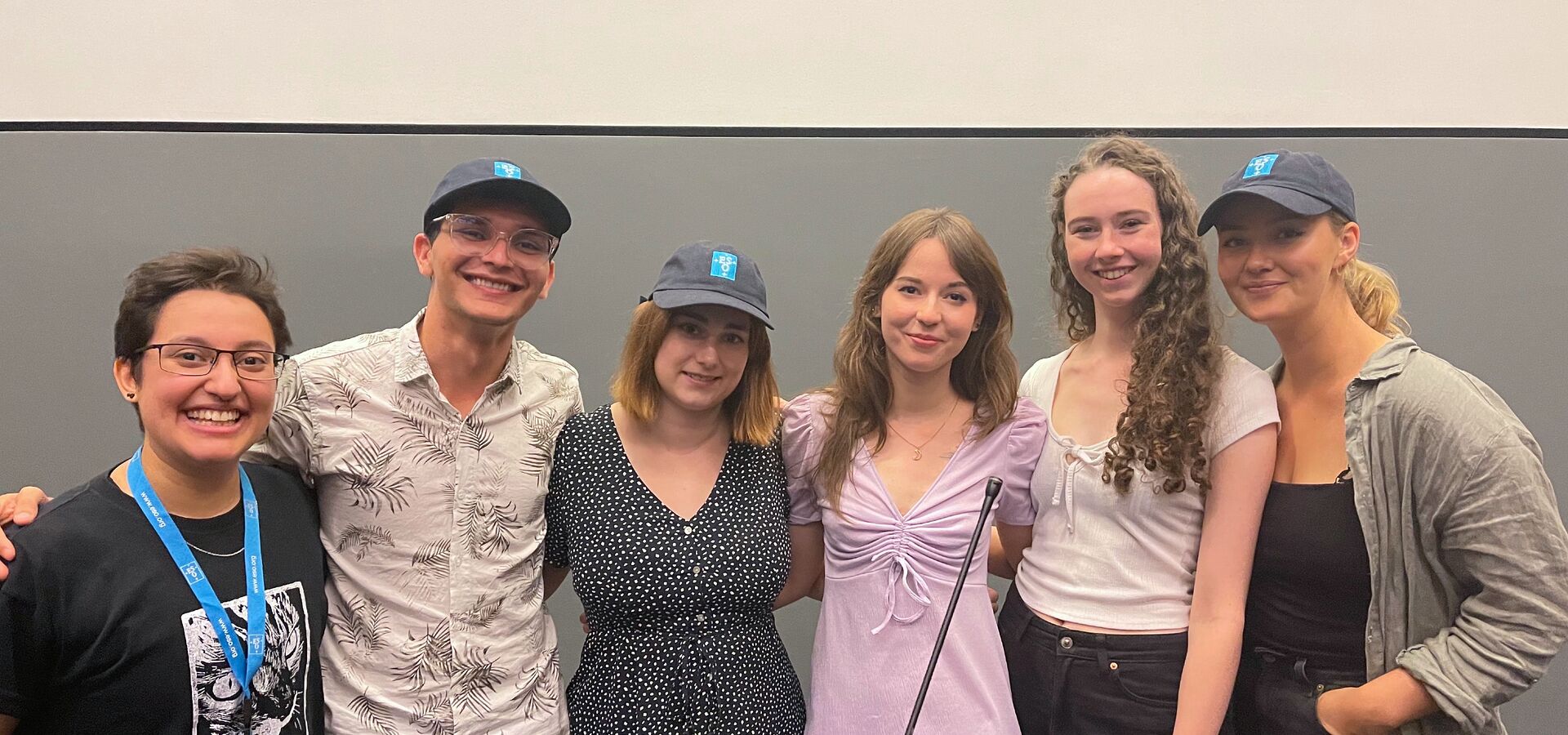
Training the astronomers of the future
Meet our 2022 Summer Research Programme Students
- The summer research students of 2022
- The style of the projects that one can do as a summer student
- The environment and social life at ESO
As in previous years, this summer several university students were invited to conduct a research project at ESO’s Headquarters in Garching, Germany. Besides the projects, the six-week long Summer Research Programme included a series of lectures, covering everything from how telescopes work and Deep Learning, to the building blocks of exoplanets and X-ray binaries. They also visited the ESO Supernova Planetarium & Visitor Centre, and got to experience everyday life at ESO.
We took the opportunity to talk to the students after their projects were done and they had presented them to the members of staff at ESO. Follow along as we chat about their expectations, the work environment at ESO, their research projects, and what is waiting for them now.
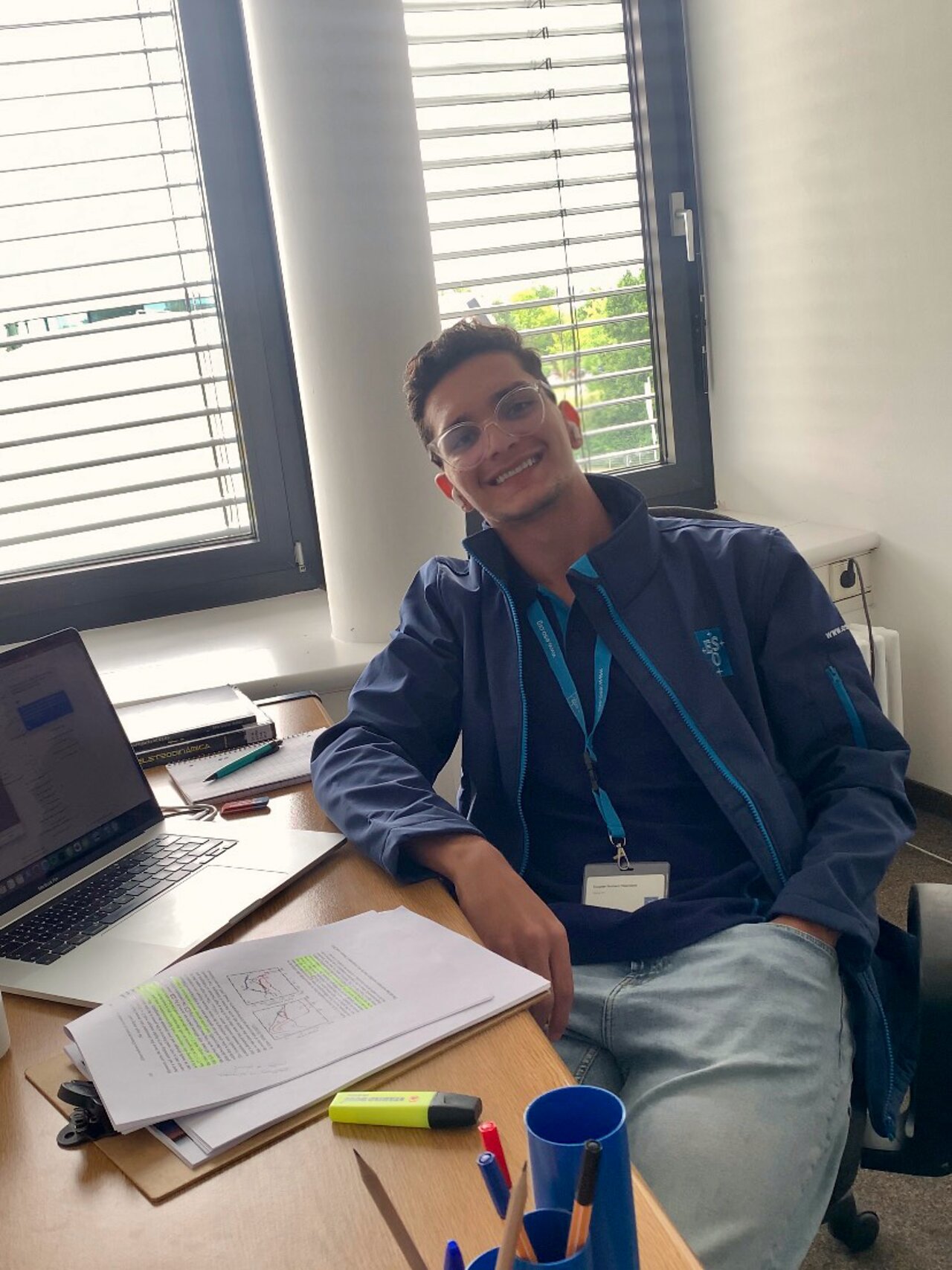
Name: Natanael Gomes de Oliveira
Nationality: Brazilian
University: Federal University of Rio de Janeiro
Project: Wind-blown bubbles around accreting neutron stars and black holes
Advisors: Marianne Heida & María Díaz Trigo
"My project at ESO was about X-ray binaries –– systems where a normal star orbits a compact object like a neutron star or a black hole that steals material from its companion. In particular, I studied bubbles blown by the wind from the accretion disc of these objects. The research I’ve been doing previously at my home university was quite different, so this project was a bit challenging for me, but it also means that I have learned a lot of new stuff, which is great! For instance, I learned to reduce spectra on my own, which is very useful for my area of research.
I analysed data from the FORS2 instrument on the Very Large Telescope (VLT), and found that one of our objects has clear signs of the presence of a wind-blown bubble. We hope to confirm this result soon, and if so, this will be the first bubble caused by accretion-disc winds in an X-ray binary in the Milky Way, which is a great result!
Working at a top institute in the world is every young scientist's dream, and it is no different with me. I have always wanted to know what day-to-day life is like for professional scientists, so the summer programme, and the opportunity to get to know people from all over the world, suited me like a glove.
I will never forget the Science Social Day when we went hiking in the mountains and tried to discover a "fun fact" about each person, that was really fun. To be honest, I have no words to describe how grateful I am to ESO for the whole experience, and to every single person I have met throughout the summer programme. Now I plan to start my masters, and after that I would love to go back to ESO to do my PhD, hopefully."

Name: Nicolás Guerra
Nationality: Chilean
University: University of Chile, Santiago
Project: Changing monsters: How do blazars change their power across the spectrum?
Advisors: Paula Sánchez-Sáez, Gabriela Calistro Rivera & Martin Zwaan
"The programme was an incredible opportunity to go out of my comfort zone and conduct research in a new place and to meet new people. I had never worked outside of the University of Chile, and it was truly an incredible experience.
As for my project, I worked on active galaxies. These have an accreting supermassive black hole in their centre, which produces relativistic jets. We call it a ‘blazar’ when the jet is pointing straight at the Earth. Blazars undergo extreme variations in their brightness, and we don’t really understand how and why.
During the project, I studied how the light from blazars varies, and found that the variability in visible light is followed by variability in radio after some delay! This can help to further understand the physics of blazars, as well as making radio calibrations with ALMA more precise, as blazars are often used as calibrators for other observations
Besides the project and my supervisors being great, the work environment was very active and engaging, with a journal club, science coffees and talks, and it was truly amazing to be amongst people who were just as excited about astronomy as I am! For instance, watching the release of the first images from the James Webb Space Telescope together at ESO was a really memorable experience!
To work at ESO was everything I expected it to be and more! I have learnt about what doing scientific research is like, and I’ll definitely benefit from it in future research opportunities. I learned how to use a number of data analysis tools, interpret ambiguous graphs, and to think about a physical reason to explain the results I saw."
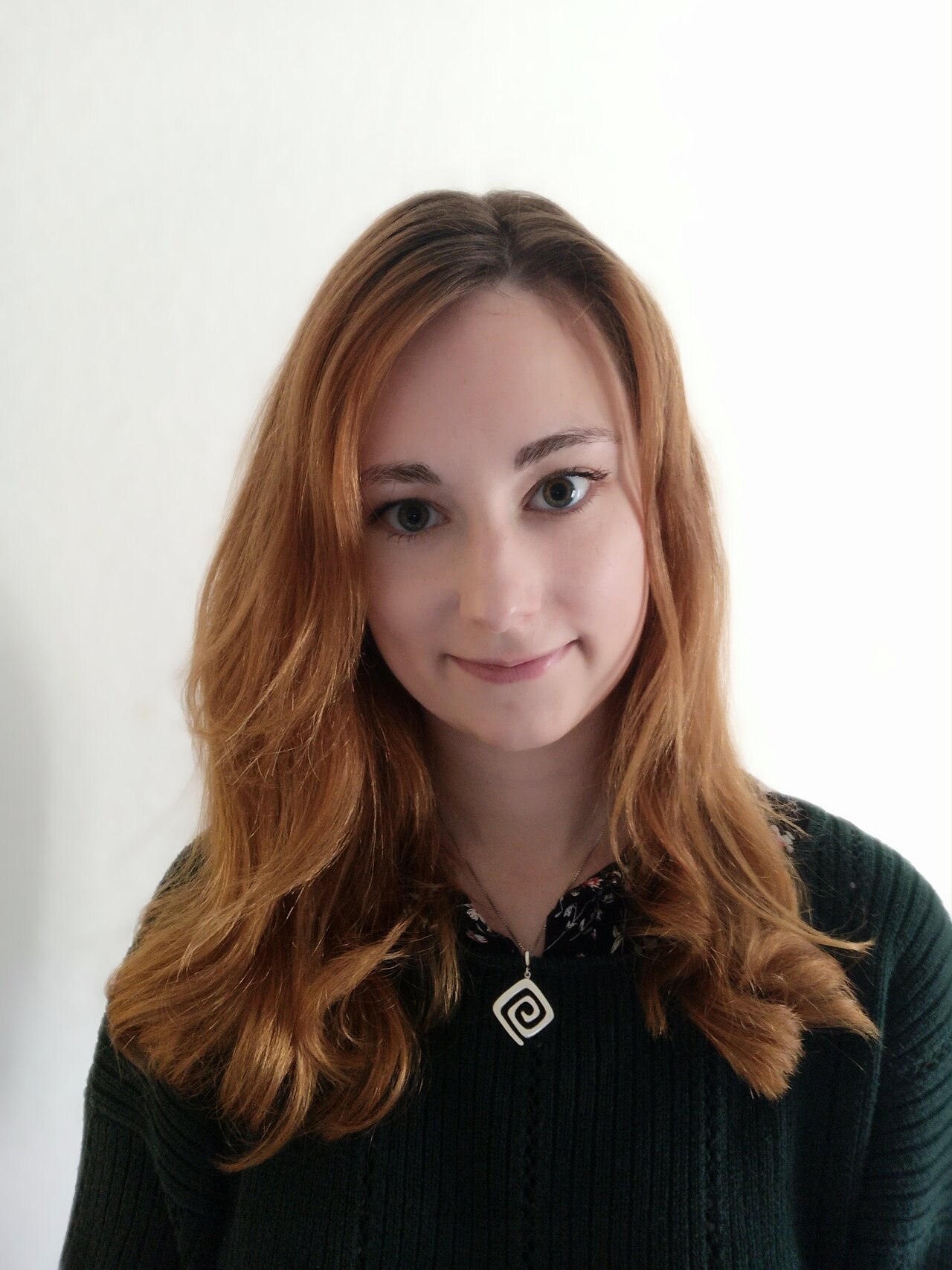
Name: Sophie Penger
Nationality: German
University: University of Cologne
Project: Extragalactic planetary nebulae in the central regions of galaxies
Advisors: Magda Arnaboldi (ESO) & Johanna Hartke (Oxford)
"During my bachelor’s thesis, I found my main research interest to be galaxies and integral field spectroscopy. As such, having worked with data from ESO instruments before with great joy, I was very curious about the work that takes place at ESO Headquarters. The project I ended up doing was a good match to my previous research. Not only did it require me to bring in some of the techniques I acquired before the programme, but also allowed me to broaden my knowledge on the topic with many new skills obtained from experts at ESO.
In this project, I looked at the interaction of two galaxies: the dwarf galaxy VCC 1249 and a bigger galaxy: Messier 49. I got to use data from the MUSE instrument in the VLT to trace planetary nebulae in the galaxies. I managed to find several planetary nebulae candidates in and around the dwarf galaxy that, if confirmed, might bring conclusions on possible nebulae that have been stripped from the dwarf galaxy.
I really enjoyed the feeling of being a part of the ESO community and being met as equals. We were trusted to work on exciting projects independently, whilst being well supported by our supervisors if needed. It was very enriching to be included in numerous activities that take place at ESO and talk to many people from different research topics.
Even though the six weeks are already over, I hope to stay in contact with my supervisors and make further investigations of the data whilst finishing my masters degree and applying for PhD programmes in astronomy. I can highly recommend anyone who is interested in a career in astronomy to apply for the ESO Summer Research Programme. It helped me so much with my plans for my scientific future, and to gain both new research skills and confidence in my abilities."
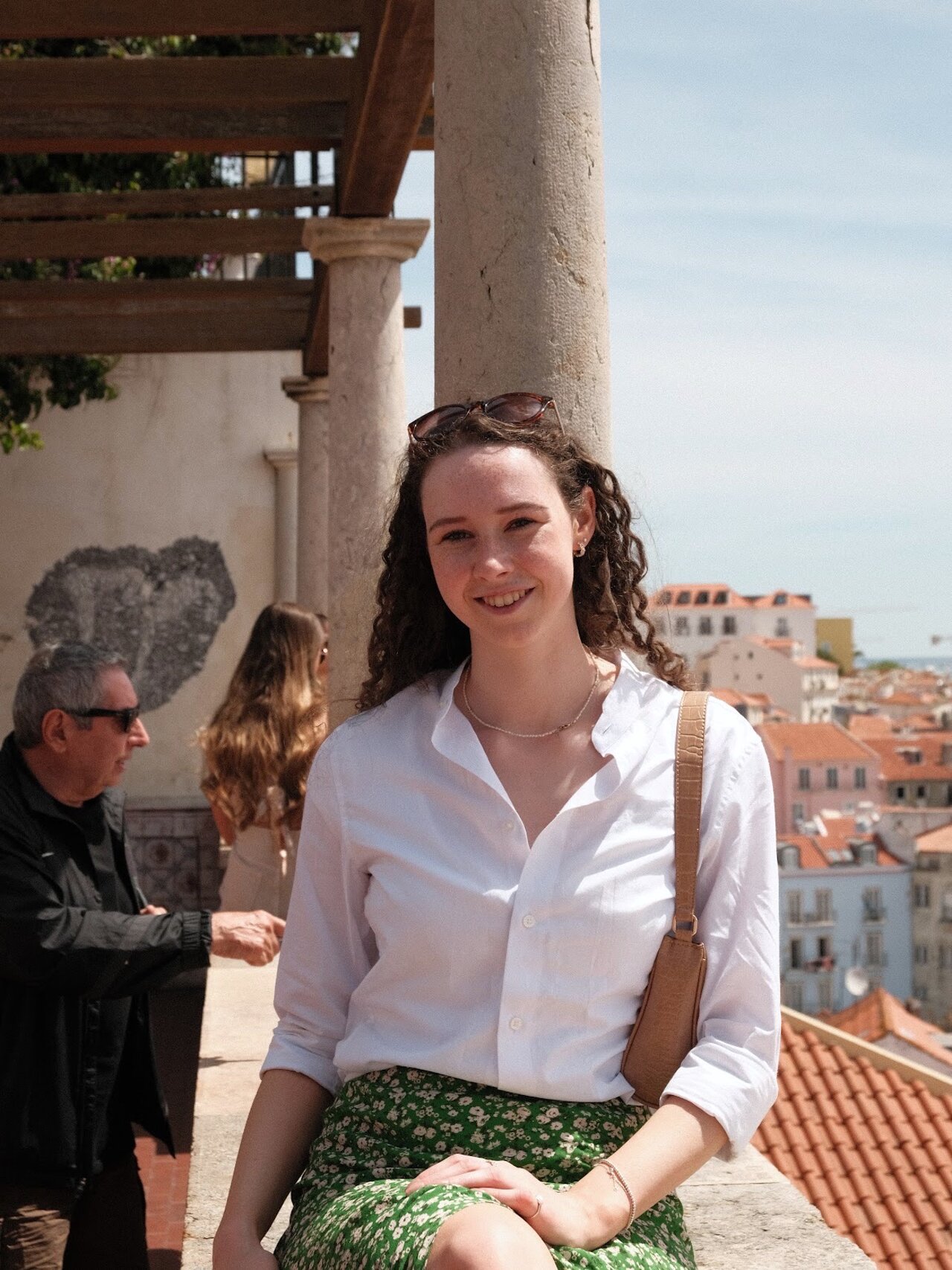
Name: Isabel Kerr
Nationality: British
University: University of St Andrews
Project: Hide and seek with brawling stellar couples
Advisors: Julia Bodensteiner, Jakub Klencki & Henri Boffin
"In my project I analysed spectra taken by MUSE in order to identify binary systems, stars in couples, within a specific stellar cluster (I found 3!). Then I considered theoretical models to conclude possible formation scenarios of the identified binary systems. One of the systems is likely a stripped star that has lost its outer layers accompanied by a disk-bearing secondary which is an exciting discovery!
Having graduated from my masters in astrophysics only three weeks before coming to ESO, I had recently done some research for my thesis looking at the frequency of protoplanetary discs around young stellar binaries. As such, I chose the ESO project because I've always had a keen interest in binary stars and therefore the chance to explore these further was not one to miss.
Besides the project, I wanted to get experience working within an international community, and it was great to meet lots of new people and be part of an active research environment, being able to get involved in daily science coffees and the weekly journal club. Everyone was very friendly and welcoming, and the students of ESO included us in many social activities such as bouldering and hiking!
Now that I am leaving ESO, I am actually going to stay in Germany to teach English in Berlin for a year. But after having such a great experience participating in this programme, I‘ve decided I will look into astronomy PhD opportunities after I‘ve completed my placement in Berlin."

Name: Linn Friis-Liby
Nationality: Swedish
University: Luleå University of Technology
Project: Combat stellar activity in the hunt for young planets
Advisors: Louise Dyregaard Nielsen
"I have a background in Mechanical Engineering and am currently pursuing a Masters in Space Science and Technology. During the final year of my masters my focus has shifted to astronomy and the motivation for applying to this programme was to get more insight into the workings of academia, especially at an organisation of ESO’s calibre. I was also very excited about learning about a topic in exoplanets that interested me greatly.
The aim of my project was to try and search for planets using the radial velocity method. I’ve done this by studying how stellar activity in young stars affects their spectra and how this depends on wavelength. Doing so, we can reduce the noise originating from stellar activity, and actually distinguish it from a planetary signal. To do so, I used data from ESPRESSO, a high-resolution spectrograph on the VLT. The end result was a good framework for measuring the wavelength dependency of stellar activity, which can be further expanded upon in the future.
Even though the project itself was everything I could have asked for and more, the people at ESO made this a truly wonderful experience. To be part of the scientific discussions, seminars and social gatherings surrounding this organisation has been truly great. Being welcomed into the group and joining all fun activities has generated too many heartwarming memories to count. We explored Munich and enjoyed hikes.
This programme has already and will continue to benefit me. To experience ESO first-hand has taught me a lot about academia and research as a career path. I hope to be able to collaborate with ESO in some way in the future. For now, I will start as a Young Graduate Trainee at ESA, combining my engineering experience with my academic interest at another great organisation."
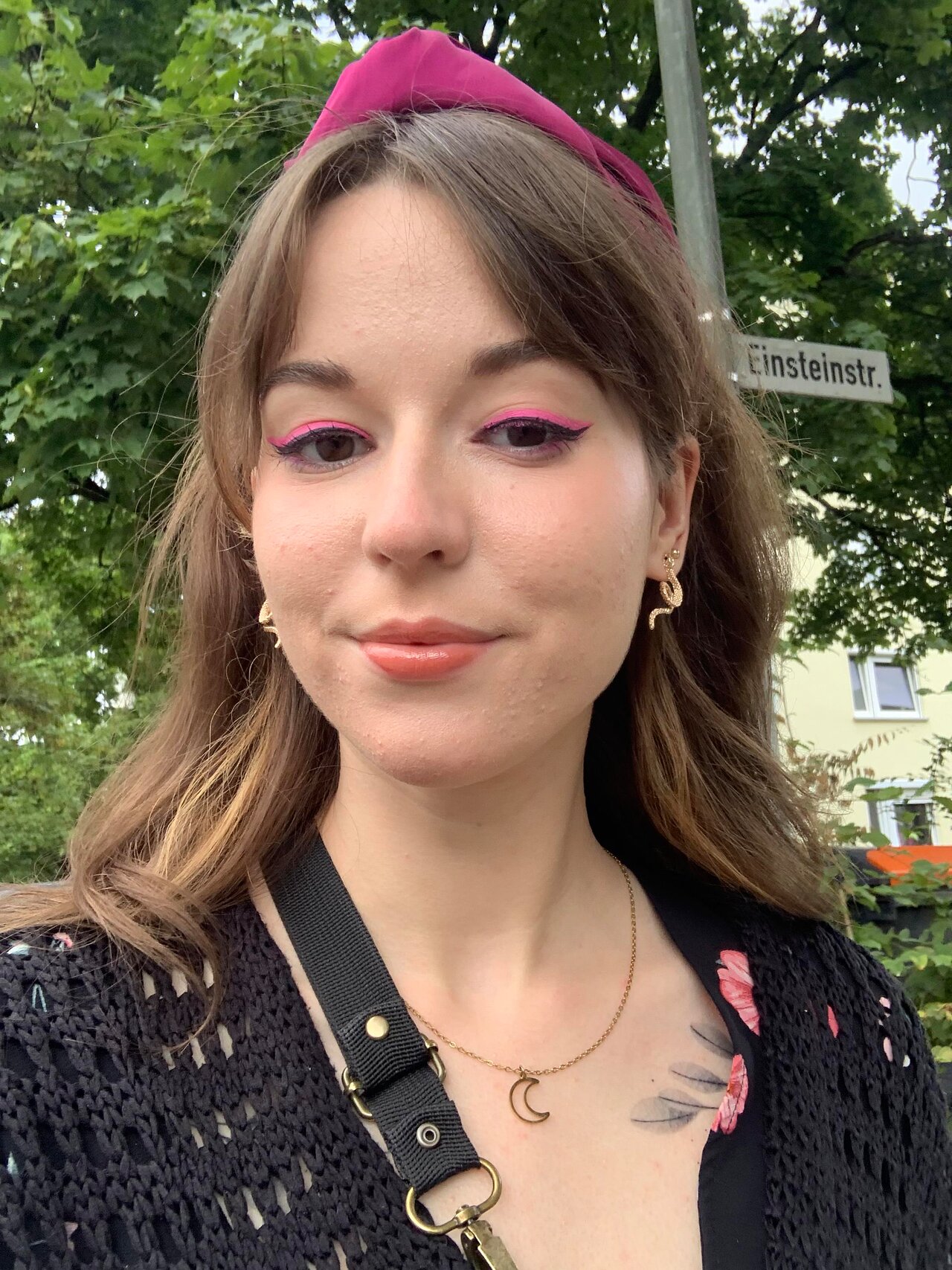
Name: Maja Jabłońska
Nationality: Polish
University: Astronomical Observatory, University of Warsaw
Project: Learning the secret of the elixir of youth: a study of blue stragglers with Gaia
Advisors: Henri Boffin & Nicola Gentile Fusillo
"My project was very exciting, as I used the newest data from ESA’s Gaia space telescope, containing measurements of positions and motions for almost two billion sources in the Milky Way with unprecedented precision.
Having this kind of brand-new data I studied stellar clusters, and especially I looked at a somewhat strange type of star – blue stragglers, that are too blue, hot and luminous compared to the rest of the cluster members. One possible explanation could be a mass transfer from a stellar companion. With the Gaia data, I could verify previously reported open cluster data and discover some possible new blue straggler members (or prove some of them aren't members of those clusters, due to poorer precision of earlier measurements!).
If I was asked to pick the best part of the programme, I am not sure I could! Everything was amazing, even if you study this every day: the high level of science presented, the number of seminars and lectures taking place, the welcoming kind people, visiting the ESO Supernova… This has truly been one of the best experiences I have ever had, I am sad it's already over!
I already feel I have benefitted from this programme a lot. I used to be quite scared by the thought of being away from home, but after meeting so many lovely, like-minded students I now know that scientific institutions are also great places to meet new friends. Of course, I have also learned a lot and gained new skills, and I am sure I want to continue working in astronomy! Although it's difficult to choose one subfield as everything is so fascinating, especially after listening to so many great lectures."
Are you a university student, not yet enrolled in a PhD programme, and would like to participate in the next edition of the ESO Summer Research Programme? Then keep an eye on our upcoming workshops webpage, as well as on our Twitter and Facebook pages, where we will announce the next round of applications in due time.
Curious about the previous editions of the Summer Research Programme? Check out the dedicated blog posts from 2019, 2020 and 2021.
Numbers in this article
- 4th time the Summer Research Programme was held
- 6 students got enrolled in the programme this year
- 6 weeks is the length of the programme
Links
Biography Rebecca Forsberg
Rebecca was a science communication intern at ESO. Prior to this position she completed a bachelors and masters degree in astronomy & astrophysics, and recently completed a PhD at Lund Observatory, Sweden. Rebecca found her passion for writing and communicating science as a science reporter for the Swedish magazines Populär Astronomi and Lundagård.

